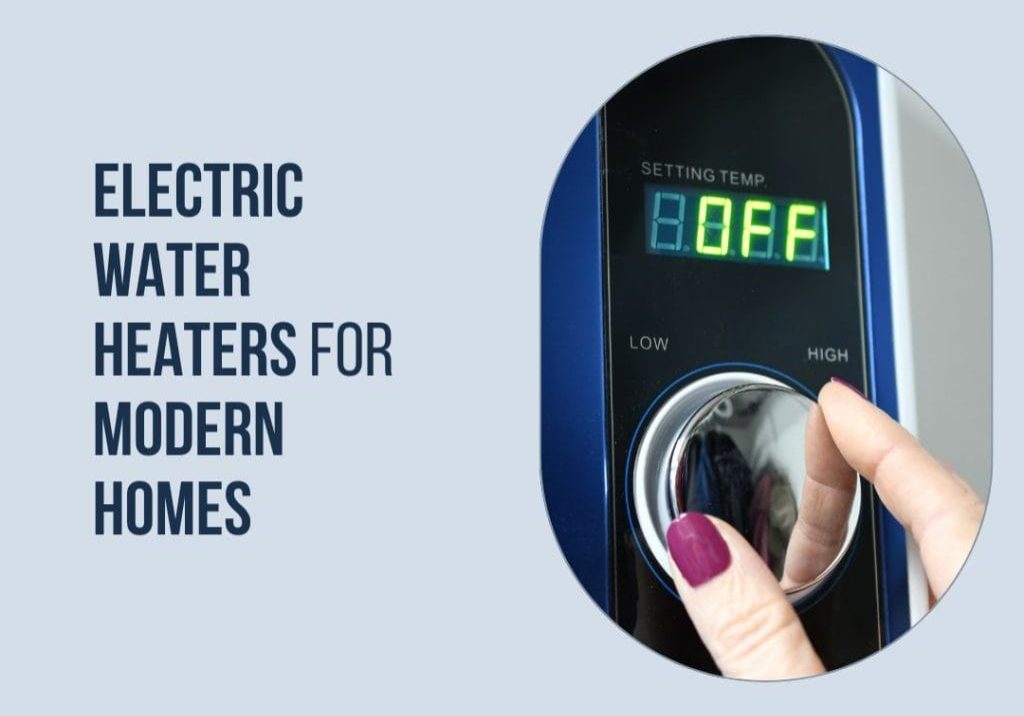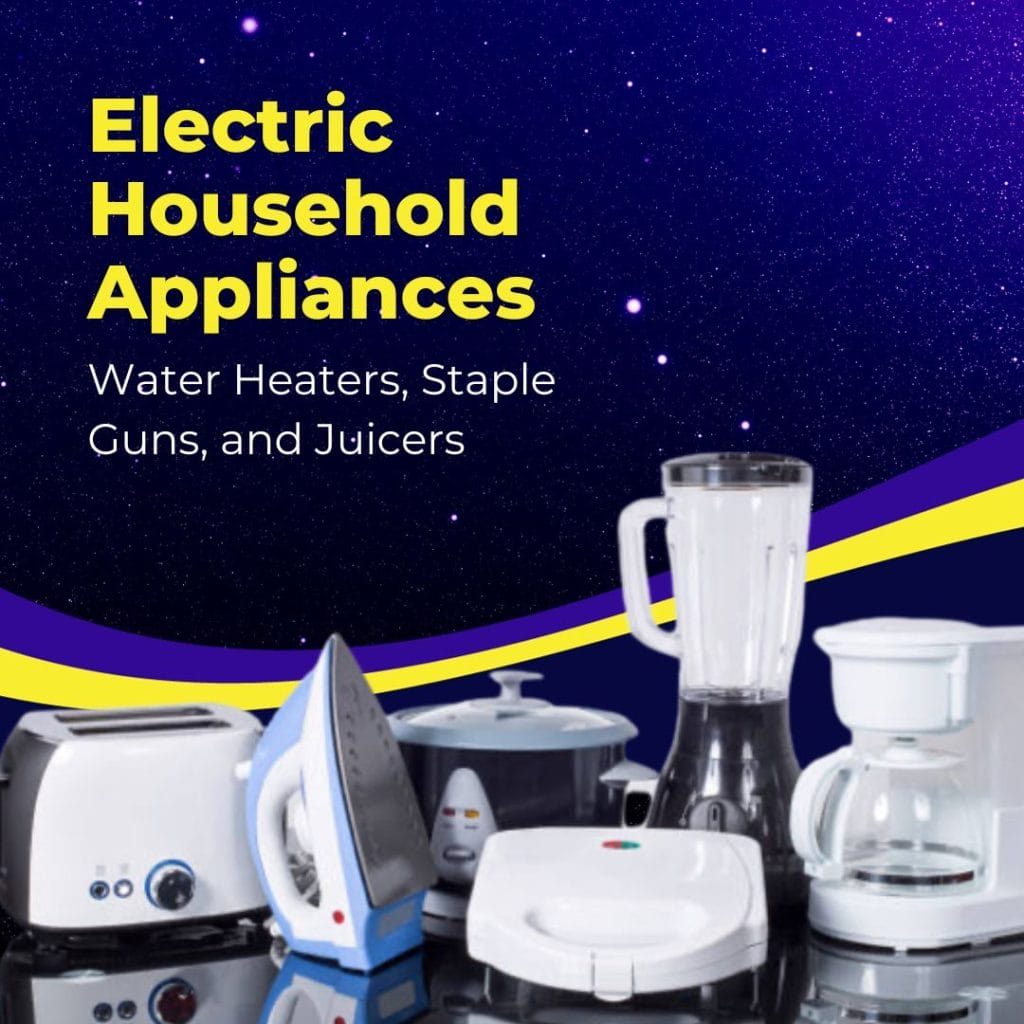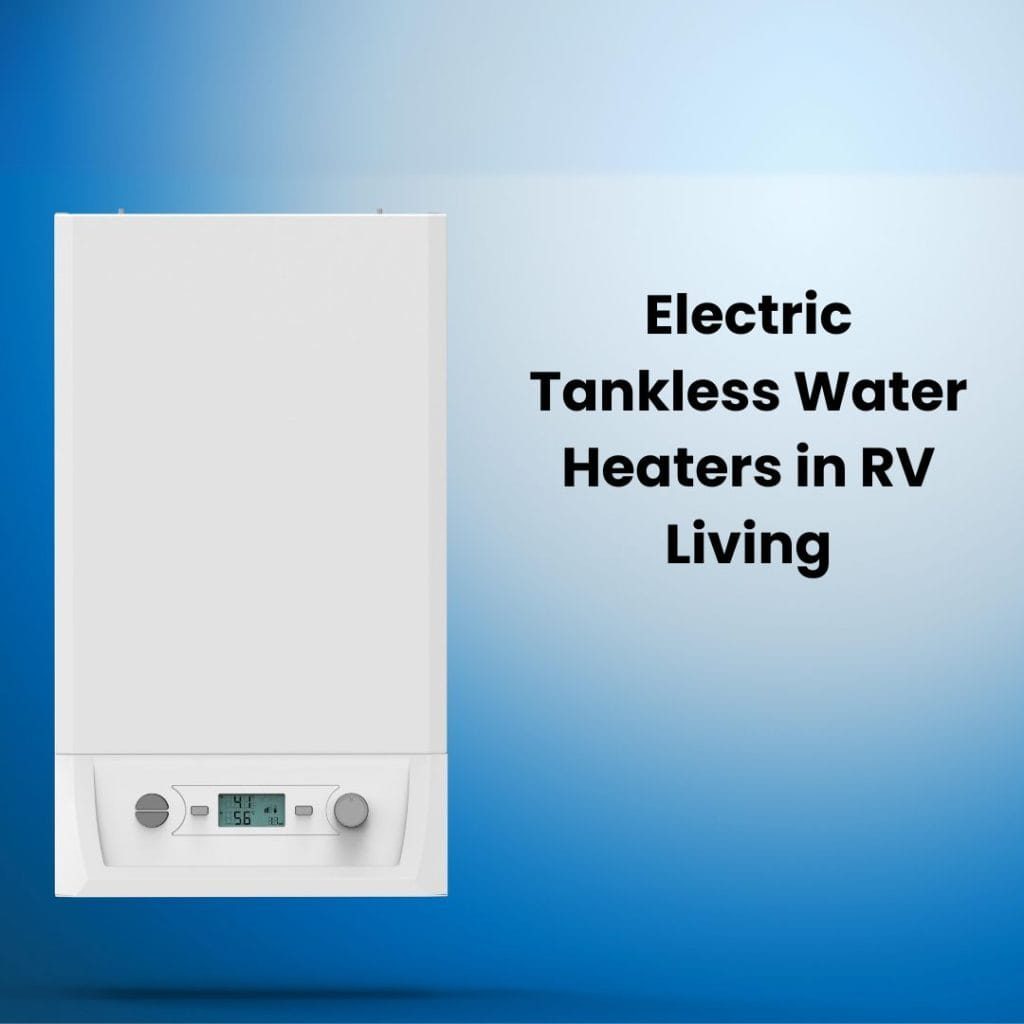Electric water heaters have become an essential convenience in modern homes, providing hot water at the turn of a tap. They come in various types and sizes, with two main categories being tankless and storage tank models. Electric water heaters are energy-efficient, reliable, and often easier to install and maintain than their gas counterparts. This guide provides step-by-step instructions on installing an electric water heater safely and effectively in your home, ensuring you always have access to hot water when needed.
Choosing the Right Electric Water Heater
Before you begin the installation process, it’s important to carefully consider the type of electric water heater that will best suit your needs. The choice between a tankless and a storage tank model depends largely on your household’s hot water demand.
Tankless water heaters, or on-demand heaters, heat water directly without using a storage tank. When a hot water tap is turned on, cold water travels through a pipe into the unit, and an electric element heats the water. These heaters can provide continuous hot water, a major advantage for large families or homes with high hot water consumption.
On the other hand, storage tank water heaters keep a large amount of water heated in a tank, ready for use. When you turn on the hot water tap, hot water is released from the top of the tank, and new, cold water enters the tank to be heated for future use. These heaters can be more energy-efficient for homes with modest hot water needs.
The size of the heater also matters a lot. Consider the space where it will be installed, and for storage tank models, the tank capacity should be sufficient to cover your daily hot water needs. Electric water heaters also come with different energy efficiency ratings. A higher rating indicates a more energy-efficient heater, saving you money on electricity bills in the long run.
Preparation Steps Before Installation
Before you start the installation process, it’s important to ensure you have all the necessary tools and equipment ready. You will need a pipe wrench, adjustable pliers, screwdrivers, a drill with appropriate bits, and a hacksaw. Having some plumber’s putty or Teflon tape on hand is also recommended for sealing connections.
Next, you must gather some information about your home’s electrical system. Ensure you know the voltage and amperage of your home’s power supply and any permit requirements or building codes in your area that may affect the installation process. It’s always a good idea to consult a professional electrician if you need clarification on any of these factors.
Step-by-Step Installation Guide
- Turn off the power and water supply – Before installing, turn off the main power switch to your home’s water heater circuit and the cold-water shutoff valve.
- Drain the tank- If you are replacing an old water heater, drain it completely before removing it from its current location.
- Disconnect the old water heater – Once the tank is drained, disconnect all plumbing and electrical connections from the old water heater. Remove it from its location and clear any debris or obstructions.
- Place the new water heater – Carefully position the new water heater in place, leaving enough room for proper ventilation around the unit.
- Connect plumbing and electrical connections – Follow the manufacturer’s instructions to connect the cold water inlet, hot water outlet, and pressure relief valve. For electrical connections, consult your home’s wiring diagram to ensure proper hookup.
- Turn on the water supply – Slowly turn on the cold-water shutoff valve and allow the tank to fill with water.
- Fill and turn on the tank – Once the tank is filled, turn on the power to your home’s water heater circuit.
- Test for leaks – Check all plumbing connections for leaks and tighten them if necessary. If you notice any electrical issues, turn off the power and consult a professional electrician.
- Adjust temperature settings – Follow the manufacturer’s instructions to adjust the temperature settings to your desired level.
- Enjoy hot water – Congratulations! You have now successfully installed your new electric water heater and can enjoy the convenience of hot water whenever you need it.
Conclusion
Installing an electric water heater in your home is a task that requires careful planning, preparation, and a basic understanding of plumbing and electrical systems. While this guide provides a comprehensive step-by-step process, it’s important to remember that safety comes first. Feel free to consult with a professional if you feel unsure or uncomfortable at any point during the installation. Once installed, an electric water heater can offer you the comfort of hot water anytime, enhancing your home’s convenience and overall value. Remember to perform regular maintenance checks to ensure the longevity and efficiency of your unit. With the right tools, safety precautions, and a clear understanding of the process, installing an electric water heater is a DIY task that can be accomplished.











